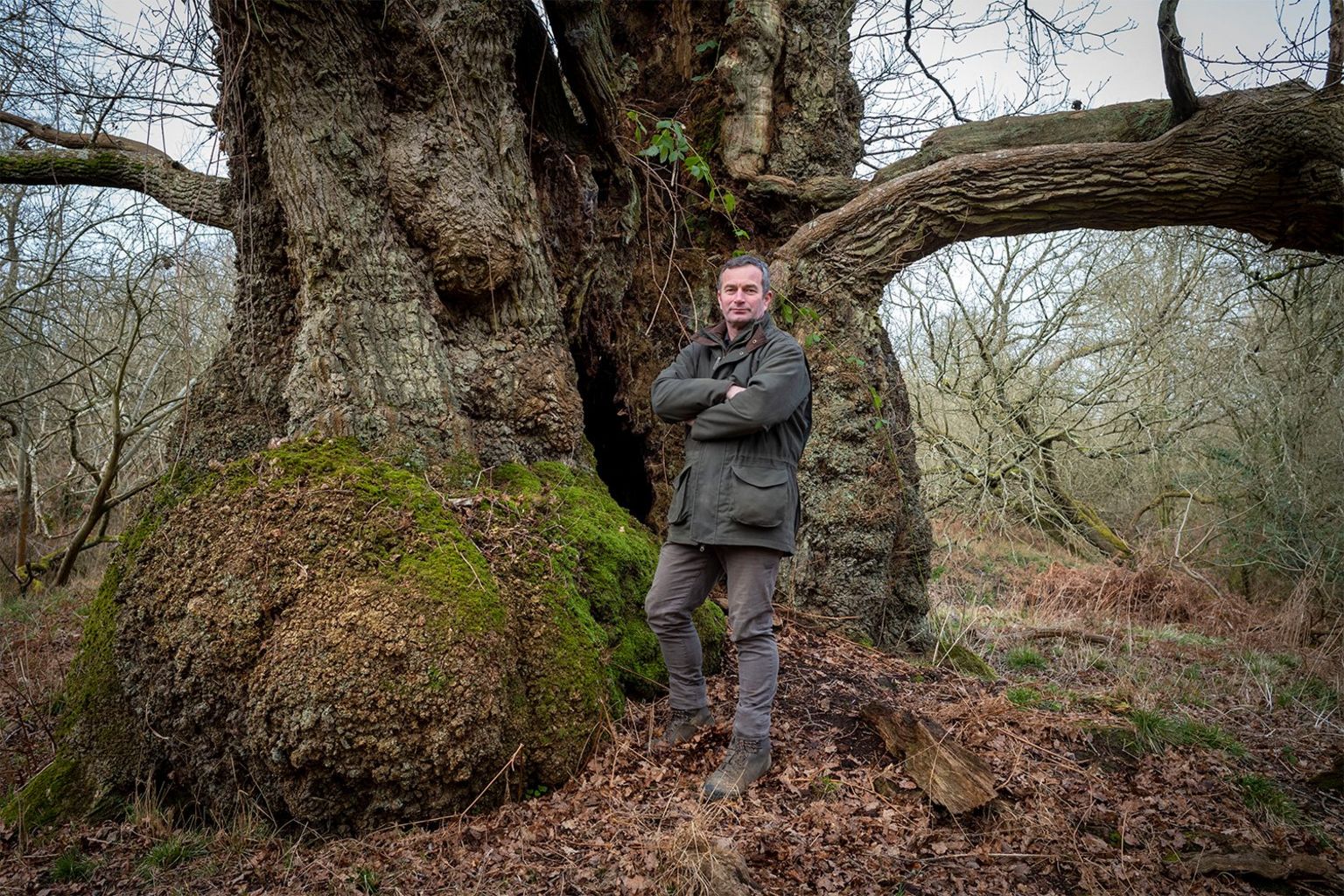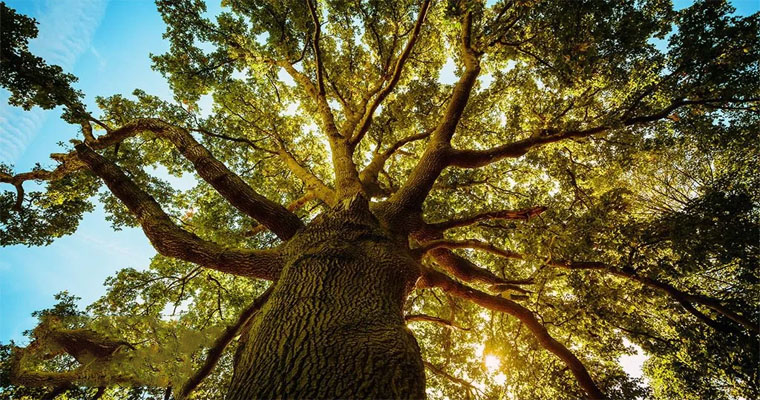“They’ve lived for so long; just think what they’ve seen.” Forester Nick Baimbridge is gazing fondly at a majestic oak that has stood for more than a thousand years. On this wintry afternoon, birds sing from lichen-covered branches and a deer runs through the undergrowth.

There’s a sense of timelessness about this medieval forest, which contains the greatest collection of ancient oak trees anywhere in Europe. Blenheim Palace, a few miles away across the park, is a mere youngster at 300 years old, quips Baimbridge, the head forester of the Blenheim Estate.
Standing under one of the oldest trees, he can only speculate on the turns of history witnessed by this “old girl”, whose genetic heritage is set to live on through acorns collected from the forest floor.
The acorns, and the new generation of oaks they spawn, are crucial to the ambitions of an experimental “super forest” that is being planted where the rivers Dorn and Glyme wind their way through the Oxfordshire countryside.

These native oak trees, which can support hundreds of different species of insects, birds and fungi, will be needed in the race to reforest the UK. Britain remains one of the least wooded parts of Europe, and while new trees are being planted, ancient woodland continues to be lost. The government needs to treble tree planting efforts to meet its goal of creating 30,000 hectares of new woodland every year in the UK by 2025.
But it’s not enough to randomly plant millions of trees; forests must be built to last, with a combination of species that will provide habitat for wildlife as well as absorbing carbon emissions.

Despite the fervour for planting trees, scientists warn it’s not a “silver bullet” for tackling climate change. If not done with utmost care, the rush to plant trees can harm biodiversity and block land needed for other essential functions, such as growing food. And natural woodlands that contain a mixture of native species are more resilient and better for wildlife than vast plantations made up of one type of tree.








